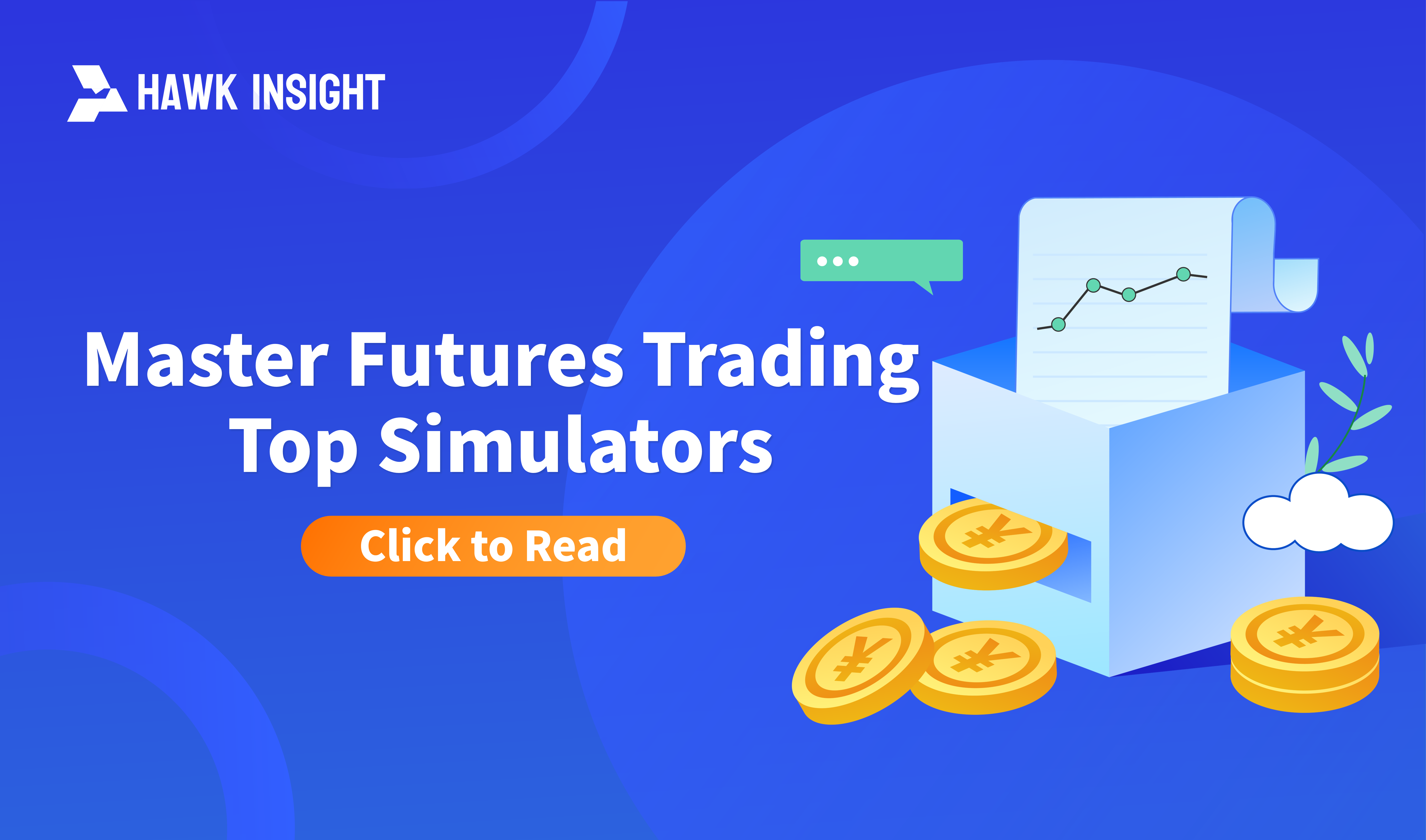Master Futures Trading - Top Simulators
Discover the best futures trading simulators to improve your skills and increase your chances of success.Learn from top examples and expert tips to master the market.

Futures trading is a complex and challenging endeavor, but with the right tools and resources, it can also be a highly rewarding investment. One such tool that can help traders gain valuable experience and enhance their trading skills is a futures trading simulator.
What is a Futures Trading Simulator?
A futures trading simulator is a software program that allows traders to practice buying and selling futures contracts in a simulated environment. This simulated environment uses real market data and conditions, enabling traders to understand market behavior and test various strategies and tactics. The goal of a simulator is to provide a safe and controlled environment for traders to learn, practice, and improve their skills without risking real money.
Benefits of Using a Futures Trading Simulator
There are numerous benefits to using a futures trading simulator. The most obvious is that it allows traders to practice and improve their skills without risking real money, which is particularly helpful for new traders. Additionally, simulators allow traders to test different strategies and tactics, identify potential weaknesses, and make necessary adjustments.
Examples of Futures Trading Simulators
-
NinjaTrader NinjaTrader is a popular trading platform that offers a wide range of tools and resources, including a robust futures trading simulator.
-
TradeStation (NASDAQ: TRAD) TradeStation provides a simulated trading environment that allows traders to practice trading futures and other financial instruments.
-
Thinkorswim (by TD Ameritrade, NASDAQ: AMTD) Thinkorswim is a trading platform that allows traders to trade various financial instruments, including futures, and provides a simulated trading environment.
-
TradingSim TradingSim is a web-based trading simulator that enables traders to practice trading stocks, options, and futures in real-time.
-
Blue Point Trading Blue Point Trading offers a simulated trading environment and a wide range of educational resources, including videos and webinars on futures trading.
How to Choose the Right Futures Trading Simulator
When choosing a futures trading simulator, traders should consider their individual needs and goals. Factors to consider include the types of financial instruments the simulator supports, the level of realism and detail provided by the simulation, and the availability of educational resources and support. Additionally, traders should be mindful of the simulator’s cost, as some can be quite expensive.
How to Use a Futures Trading Simulator Effectively
Once you have chosen a futures trading simulator, it is important to use it effectively to maximize its benefits. One key to success is to set clear and realistic goals for yourself, such as improving your trading skills or testing a specific strategy. Additionally, it is important to use the simulator consistently, setting aside regular time each week to practice. Finally, traders should track their progress and make adjustments as needed.
Common Mistakes to Avoid When Using a Futures Trading Simulator
- Not setting clear and realistic goals
- Not using the simulator consistently
- Not tracking progress
- Not making adjustments as needed
- Not seeking educational resources and support
The Impact of Technological Advancements
With technological advancements, accessing simulated trading environments has become easier, with user-friendly interfaces and more realistic simulations. This enables traders to better understand the market and improve their skills more efficiently. Additionally, many simulators now offer access to real-time market data and the ability to trade multiple financial instruments, allowing traders to test their strategies and tactics in a more realistic and dynamic environment.
The Importance of Realistic Simulations
The realism of a simulation is a crucial factor in its effectiveness as a learning tool. Realistic simulations provide traders with a more accurate representation of market behavior, helping them understand how different strategies and tactics might perform in real-world conditions. Additionally, realistic simulations help traders identify potential weaknesses in their approach and make necessary adjustments.
The Role of Educational Resources and Support
In addition to providing a simulated trading environment, many futures trading simulators offer educational resources and support to help traders improve their skills. These resources can include tutorials, webinars, and other educational materials. Additionally, many simulators provide support through email, chat, or phone, allowing traders to get help when needed. These resources are especially helpful for new traders who are still learning the ropes.
Conclusion
A futures trading simulator is a valuable tool for traders of all levels, allowing them to practice and improve their skills in a safe and controlled environment. The simulators mentioned in this article are among the best in the market and can be used as references to find the right simulator for you.
However, it is important to choose a simulator that meets your individual needs and goals and to use it consistently and effectively to get the most out of it.
Disclaimer: The views in this article are from the original Creator and do not represent the views or position of Hawk Insight. The content of the article is for reference, communication and learning only, and does not constitute investment advice. If it involves copyright issues, please contact us for deletion.